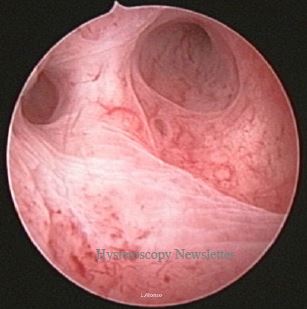
The first reference to the presence of intrauterine adhesions was made by Heinrich Fritsch in 1894 in a patient who developed secondary amenorrhea after a postpartum curettage (Fritsch H. Ein fall von volligem schwund der gebormutterhohle nach auskratzung Zentralbl Gynaekol 1894; 18: 1337- 42)
Although it was not until 1948 that Professor Joseph Asherman of the Hadassah Hospital of TelAviv published the first article on the pathology that bears his name and which he defined as traumatic amenorrhea (Asherman JG. Traumatic amenorrhea. Obstetrics and Gynecology of the British Empire, 1948; 55 (1): 23-30). Since then, interest in this syndrome has been increasing mainly due to the development hysteroscopy and its relation to secondary infertility.
The correct definition of the pathology should be that of intrauterine adhesions, reserving the concept of Asherman Syndrome for those cases in which these adhesions are accompanied by amenorrhea as a result of a total obliteration of the uterine cavity. Indeed, this differentiation between intrauterine adhesions and Asherman syndrome is not very popular and most gynecologists use the term Asherman syndrome to denote
any type of adhesions of the uterine cavity regardless of the existence or absence of accompanying amenorrhea.
The involvement of the cavity can vary from minimal adhesions to a total obliteration. These adhesions can present great variety in both their density and size. Some are so fragile that they break with the tip of the hysteroscope while others require surgical incision.
Hysteroscopy Newsletter